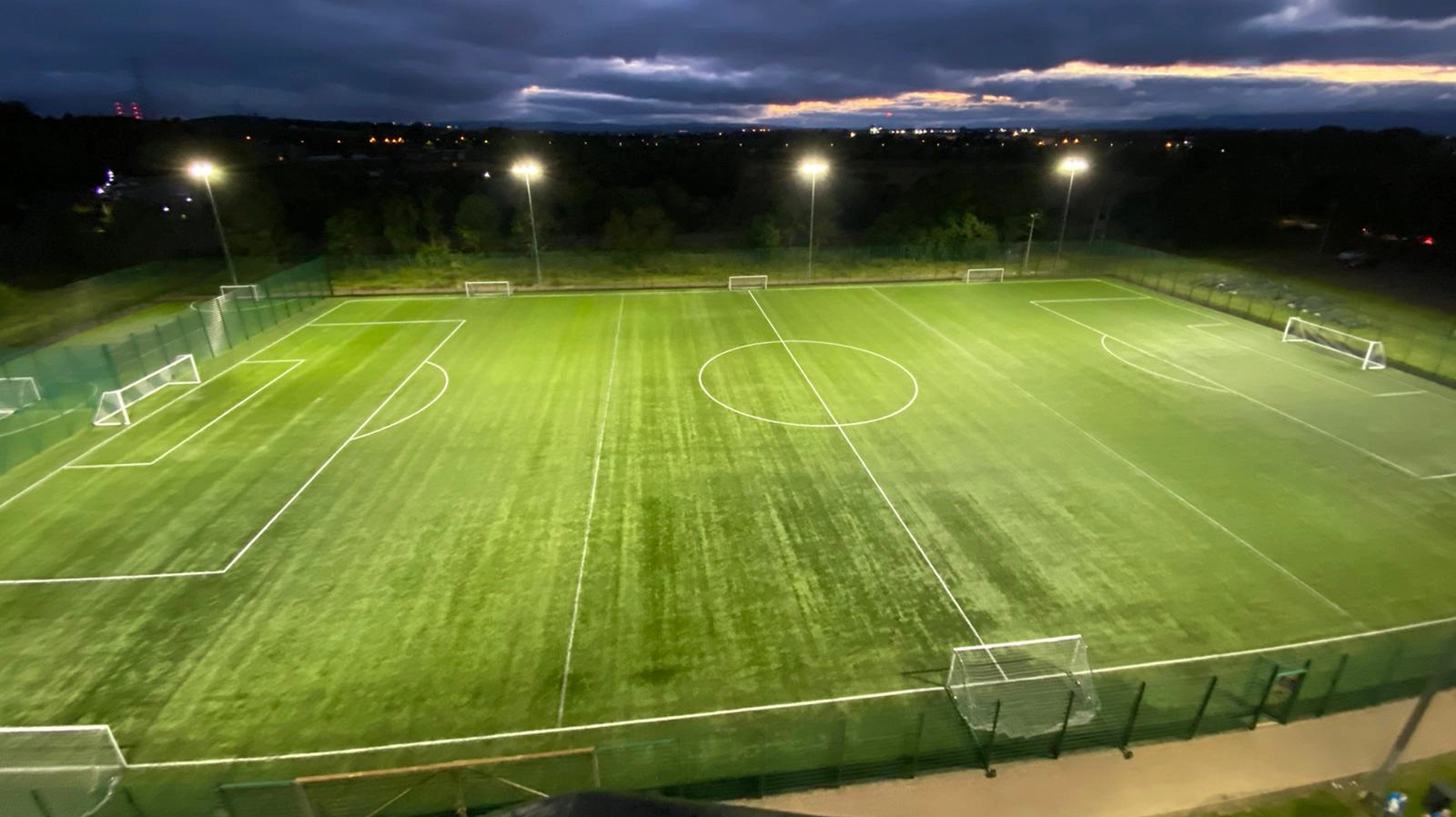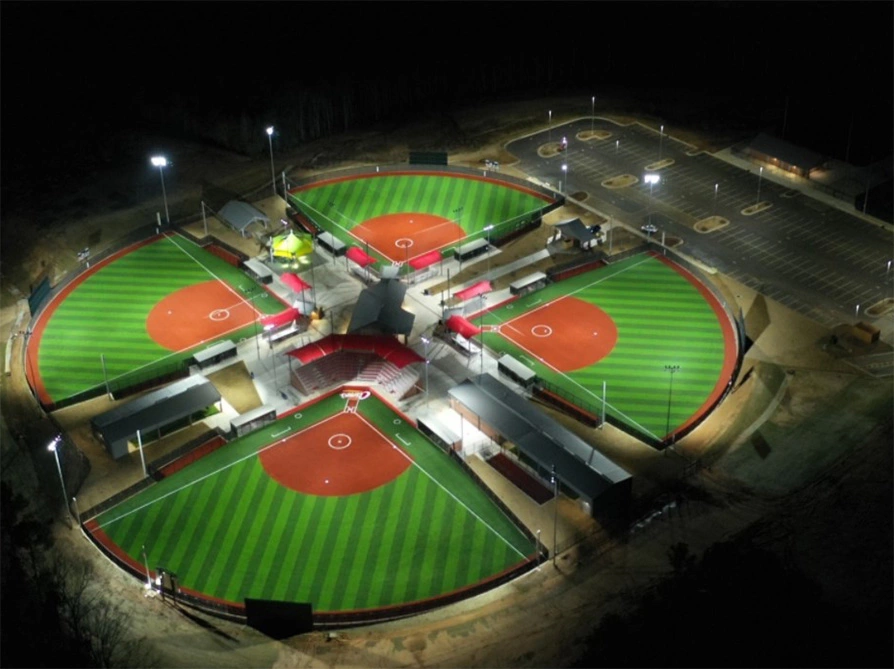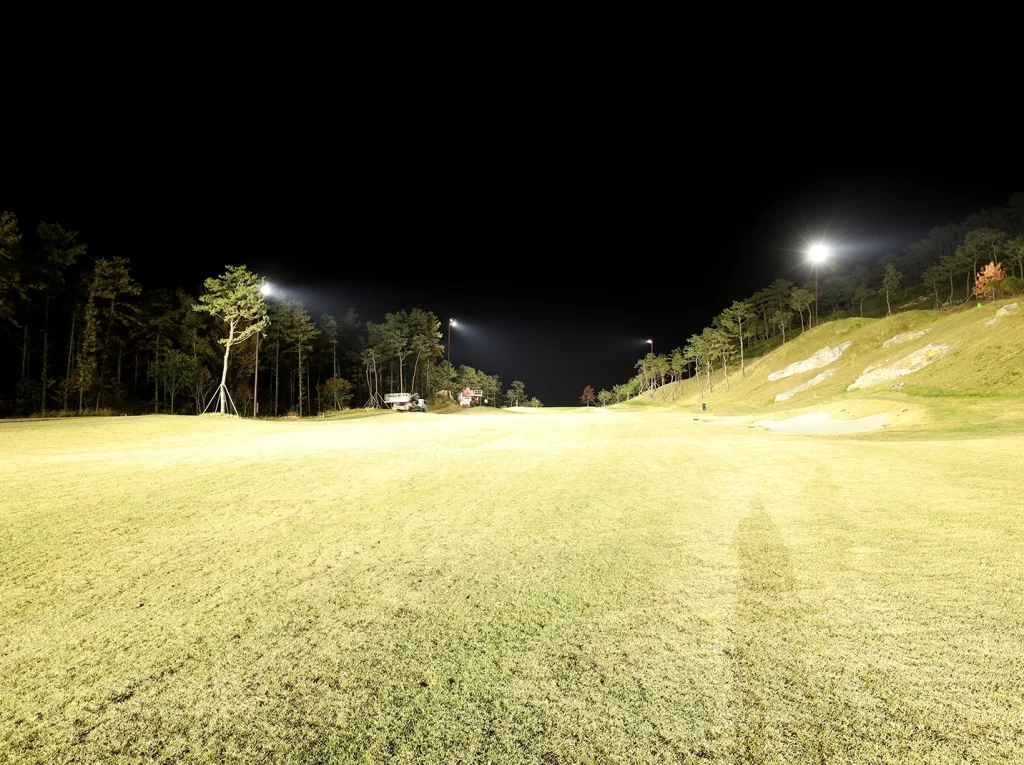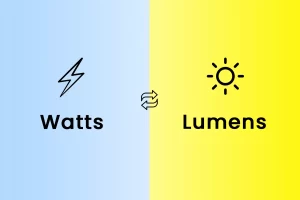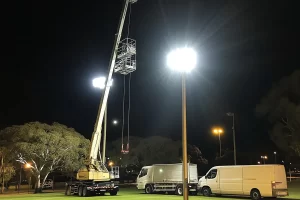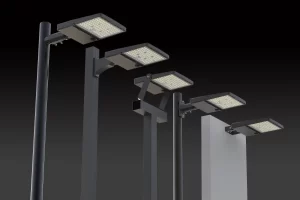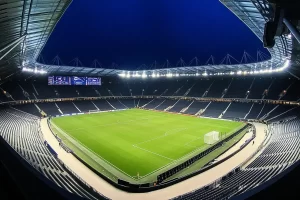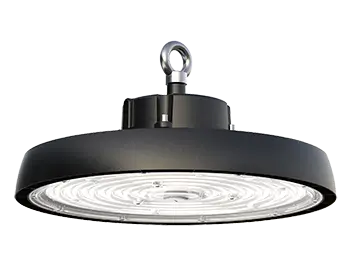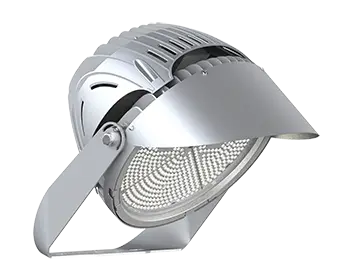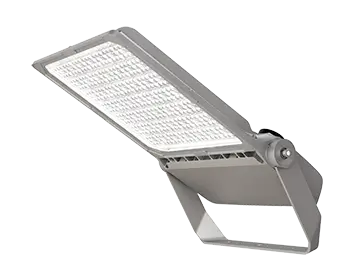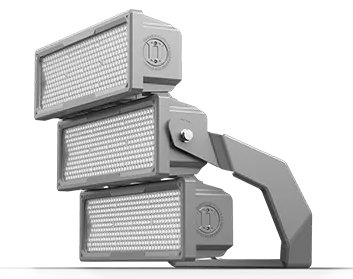Introduction: The Rise of Green Lighting
As the world grows increasingly aware of the dire need for environmental sustainability, the spotlight has turned towards green lighting. But what exactly is this eco-friendly illumination?
Green Lighting: A Quick Explanation
Green lighting, simply put, is an umbrella term for energy-efficient, eco-friendly lighting solutions. But it didn’t just spring up overnight, it’s a result of years of innovation.
History and Evolution of Green Lighting
The journey of green lighting has been anything but simple. It’s a tale of bright minds using science and technology to combat the global energy crisis, while keeping sustainability at its core.
Why the Hype About Green Lighting?
It’s not just about jumping on the ‘green’ bandwagon. Green lighting brings tangible benefits to our environment and our wallets.
Environmental Benefits
Green lights consume less power, reducing our reliance on power plants, which in turn, leads to fewer greenhouse gas emissions.
Economical Advantages
Green lights may cost more upfront, but their long lifespan and lower energy usage mean you’ll see a return on your investment in your electricity bills.
How Green Lighting Works?
It’s all well and good to talk about the benefits of green lighting, but how do these clever little devices work?
LED Lights
LEDs, or Light Emitting Diodes, use a semiconductor to convert electricity into light. They use up to 80% less energy than traditional incandescent bulbs.
Compact Fluorescent Lights (CFLs)
CFLs are basically a mini version of standard fluorescent lights. They use a gas-filled tube to produce light, using about 70% less energy than incandescent bulbs.
Green Lighting and Energy Efficiency: The Connection
Let’s dive a little deeper into how green lighting contributes to energy efficiency.
Energy Efficiency Explained
In simple terms, energy efficiency is about doing more with less – getting the same output while using less energy.
Green Lighting’s Role in Promoting Energy Efficiency
By consuming less power and having longer lifespans, green lights promote energy efficiency, resulting in lower energy consumption and reduced carbon footprints.
Case Studies: Green Lighting in Practice
Theory aside, let’s look at how green lighting has made a difference in real-life scenarios.
Residential Use
Many homeowners have made the switch to green lighting, witnessing significant reductions in their energy bills while enjoying better quality light.
Commercial Use
Green lighting isn’t just for homes. Businesses and industries are seeing the benefits too, with improved working conditions and substantial energy savings.
Tips for Transitioning to Green Lighting
Ready to embrace the green lighting revolution? Here are some tips to get you started.
Choosing the Right Green Lights
Not all green lights are created equal. It’s important to choose the right type based on your needs – LED for longer lifespan, CFL for cost-effectiveness.
Managing Your Energy Consumption
Along with switching to green lights, be mindful of your energy habits. Switch off lights when not in use, use natural light as much as possible, and consider using dimmer switches or timers.
Conclusion:
The future of lighting is undoubtedly green. As technology evolves, green lighting will continue to play a pivotal role in energy efficiency, driving us towards a sustainable future.
FAQs
What is green lighting?
Green lighting refers to lighting solutions that are energy-efficient and eco-friendly, such as LEDs and CFLs.
How does green lighting promote energy efficiency?
Green lights use less energy than traditional lights and have a longer lifespan, reducing overall energy consumption.
What are the benefits of green lighting?
Green lighting offers environmental benefits, such as reduced carbon emissions, and economical advantages like lower energy bills.
How can I transition to green lighting?
Start by replacing your most frequently used lights with green lights and be mindful of your energy habits.
What is the future of green lighting?
The future of green lighting looks bright, with advancements in technology expected to drive further energy efficiency and sustainability.


